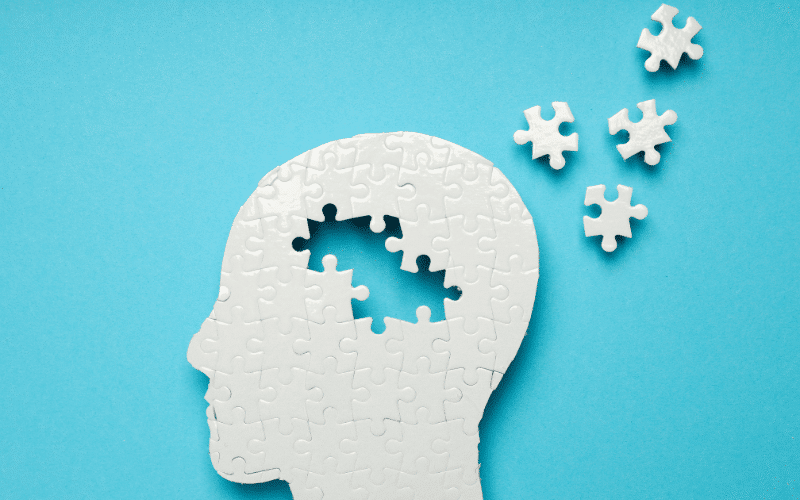Fact 3: Pain Assessment Challenges in Dementia

Accurately assessing pain in dementia patients is a formidable challenge, primarily due to the communication difficulties these individuals often face. The traditional tools used to gauge pain rely heavily on self-reporting. In the case of dementia patients, these methods may prove ineffective, leading to underassessment and undertreatment of pain.
The first hurdle arises from the cognitive deficits that come with dementia. Memory impairments and language difficulties can hinder the patient’s ability to recall and express their pain experience. This lack of communication creates a significant barrier for healthcare providers trying to understand the patient’s discomfort level.
Further, due to the progressive nature of dementia, these cognitive deficits become more pronounced over time. As a result, as the disease advances, the pain assessment challenge can intensify. It’s not uncommon for healthcare providers to grapple with completely non-verbal dementia patients, further complicating pain assessment.
In response to this challenge, several pain assessment tools have been developed specifically for dementia patients. These tools often focus on observing behavioral and physiological cues that may indicate pain. For instance, grimacing, agitation, increased pulse rate, or changes in eating or sleeping patterns can all be indicators of discomfort.(3)